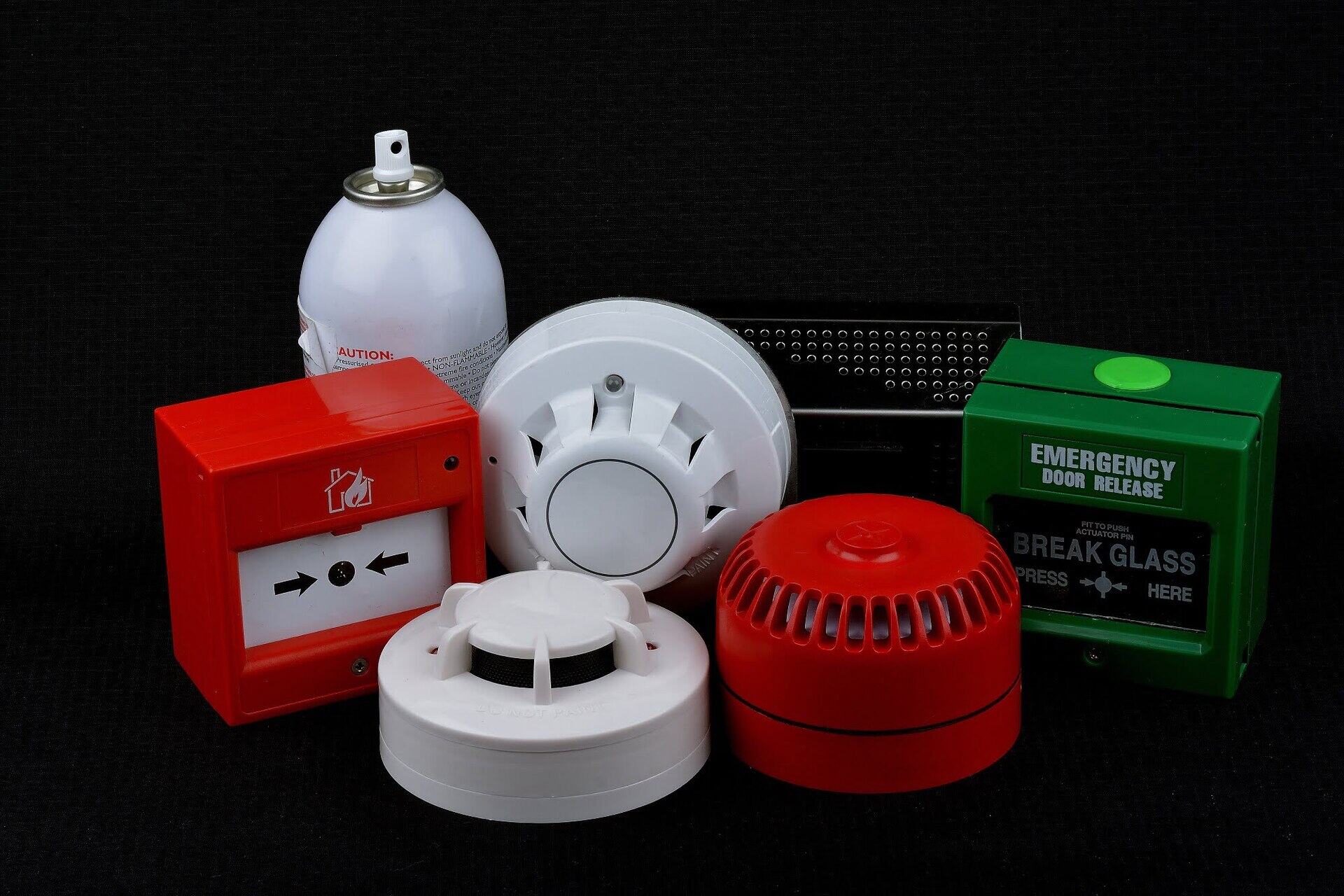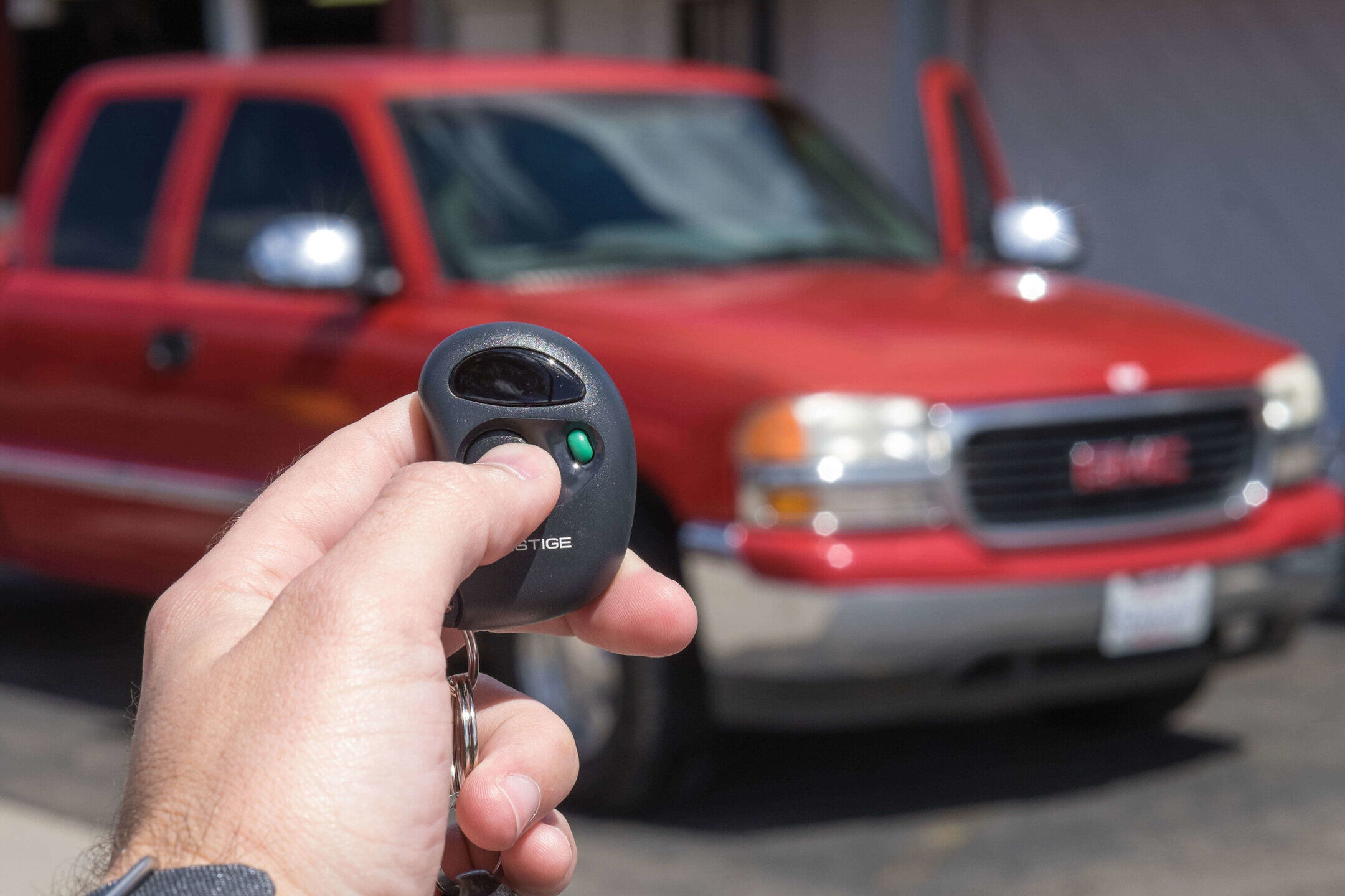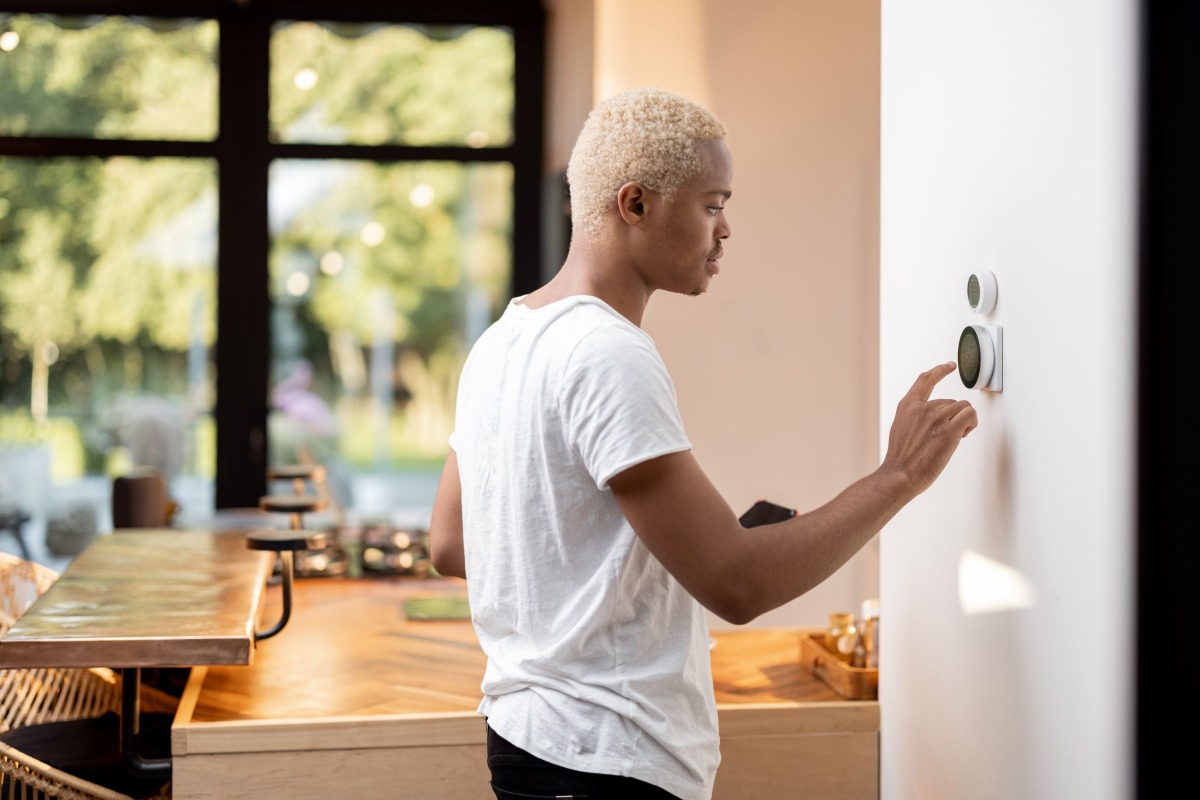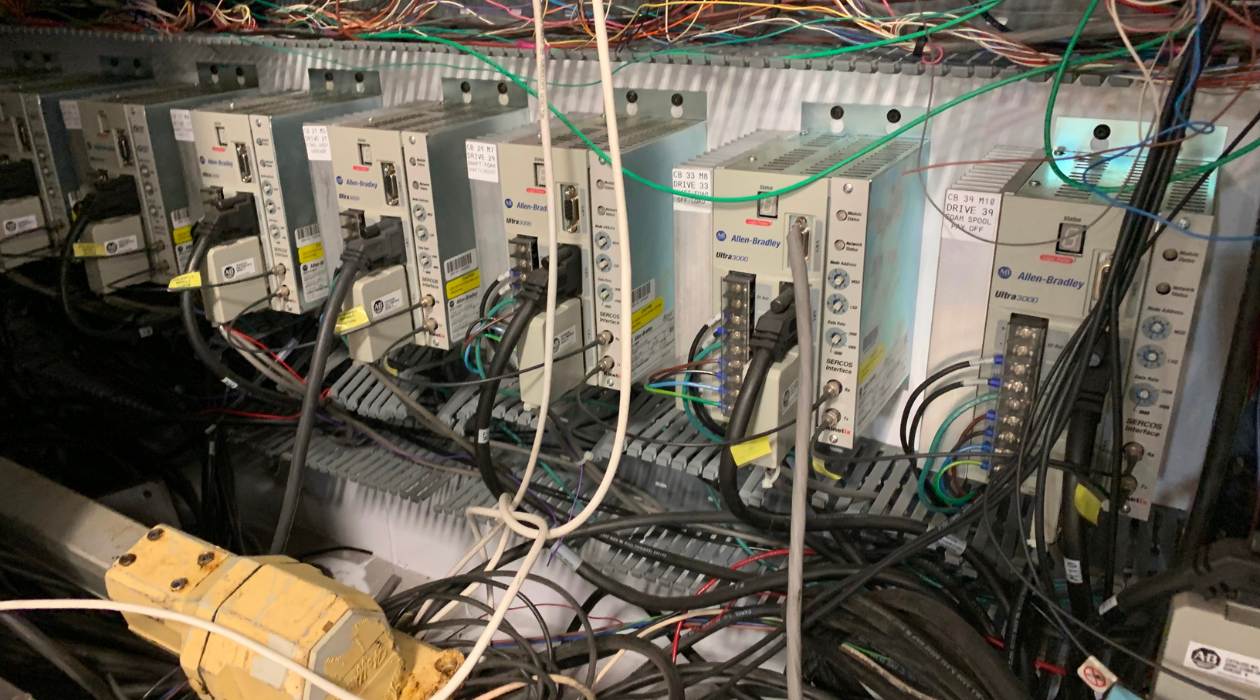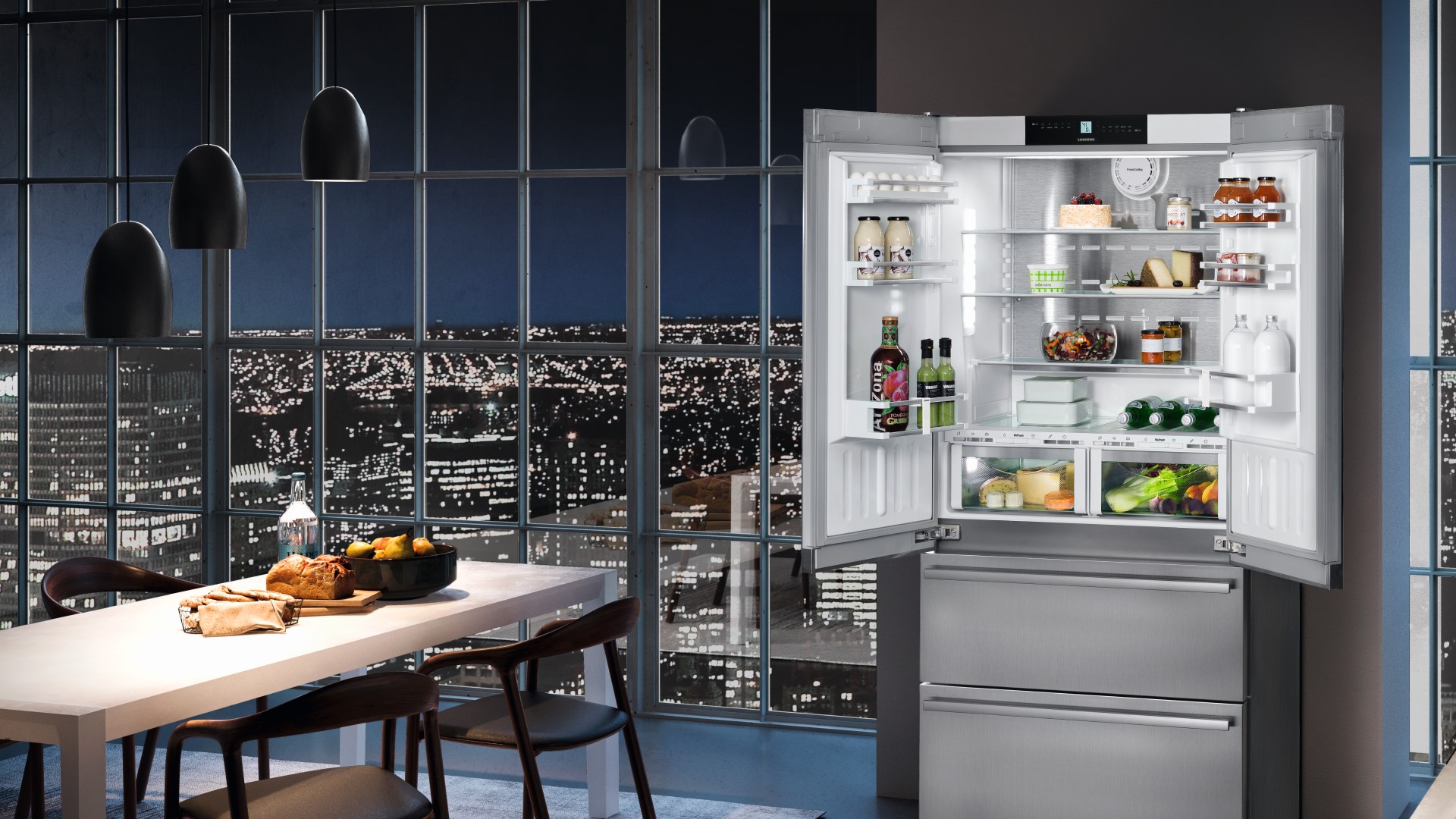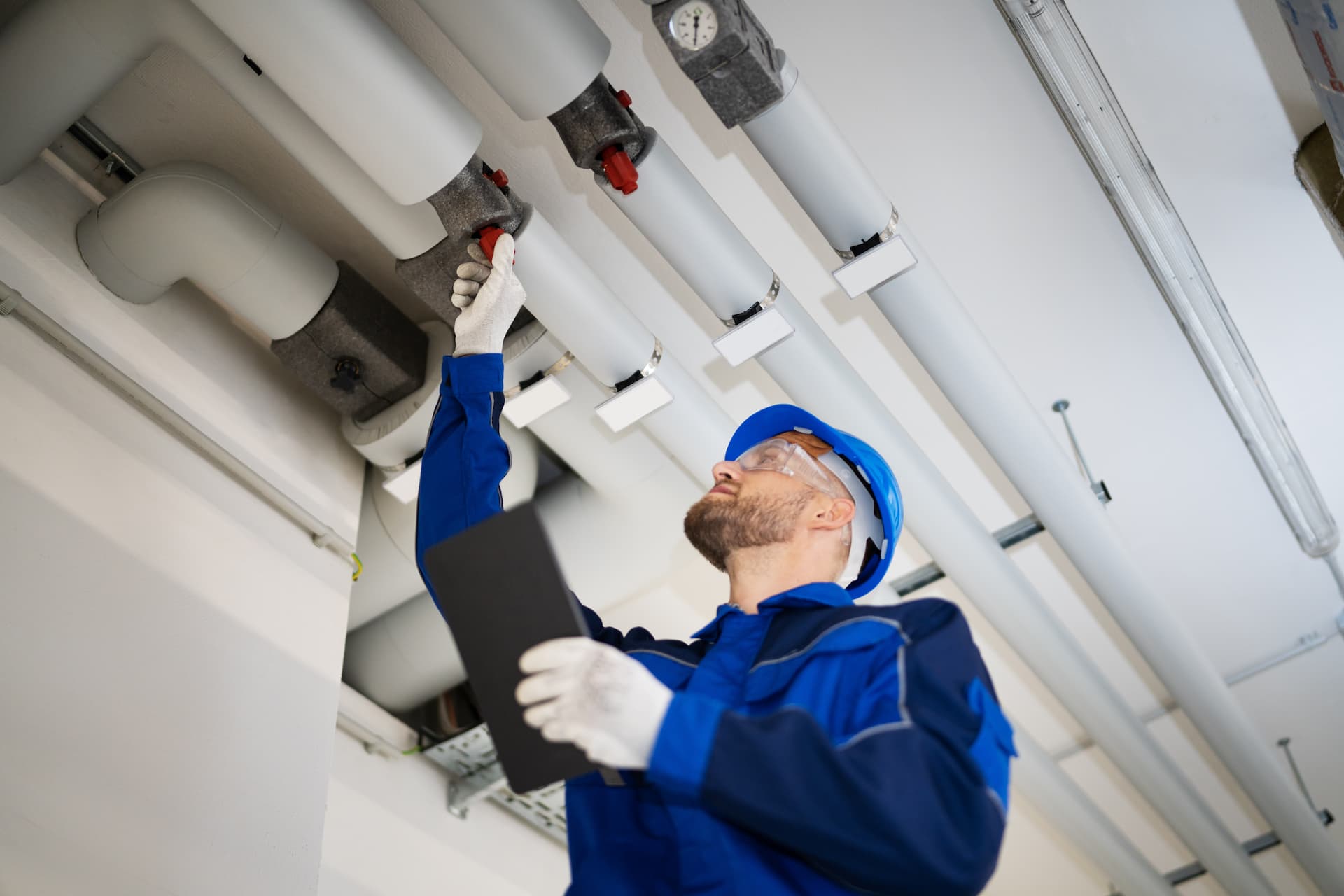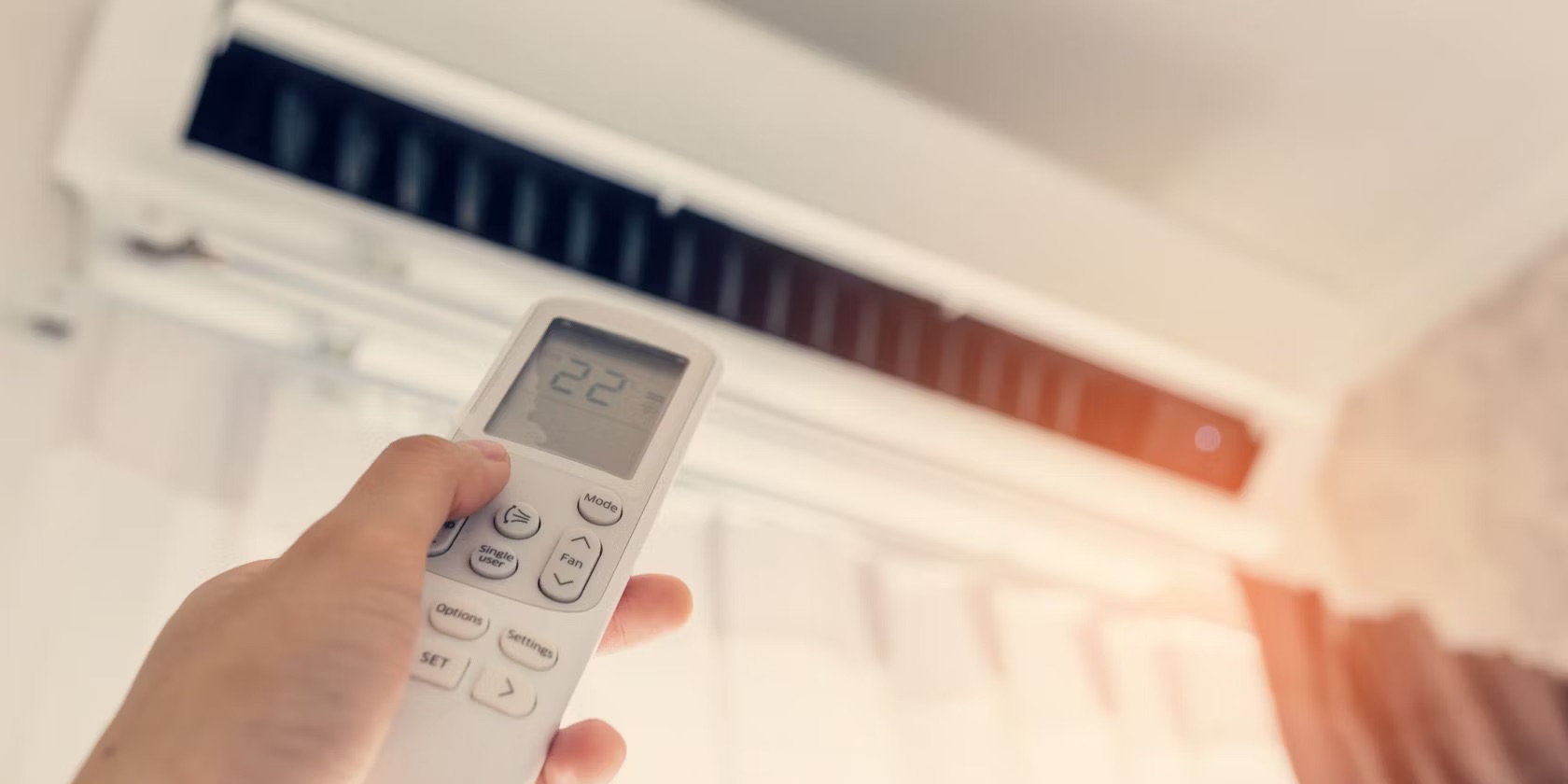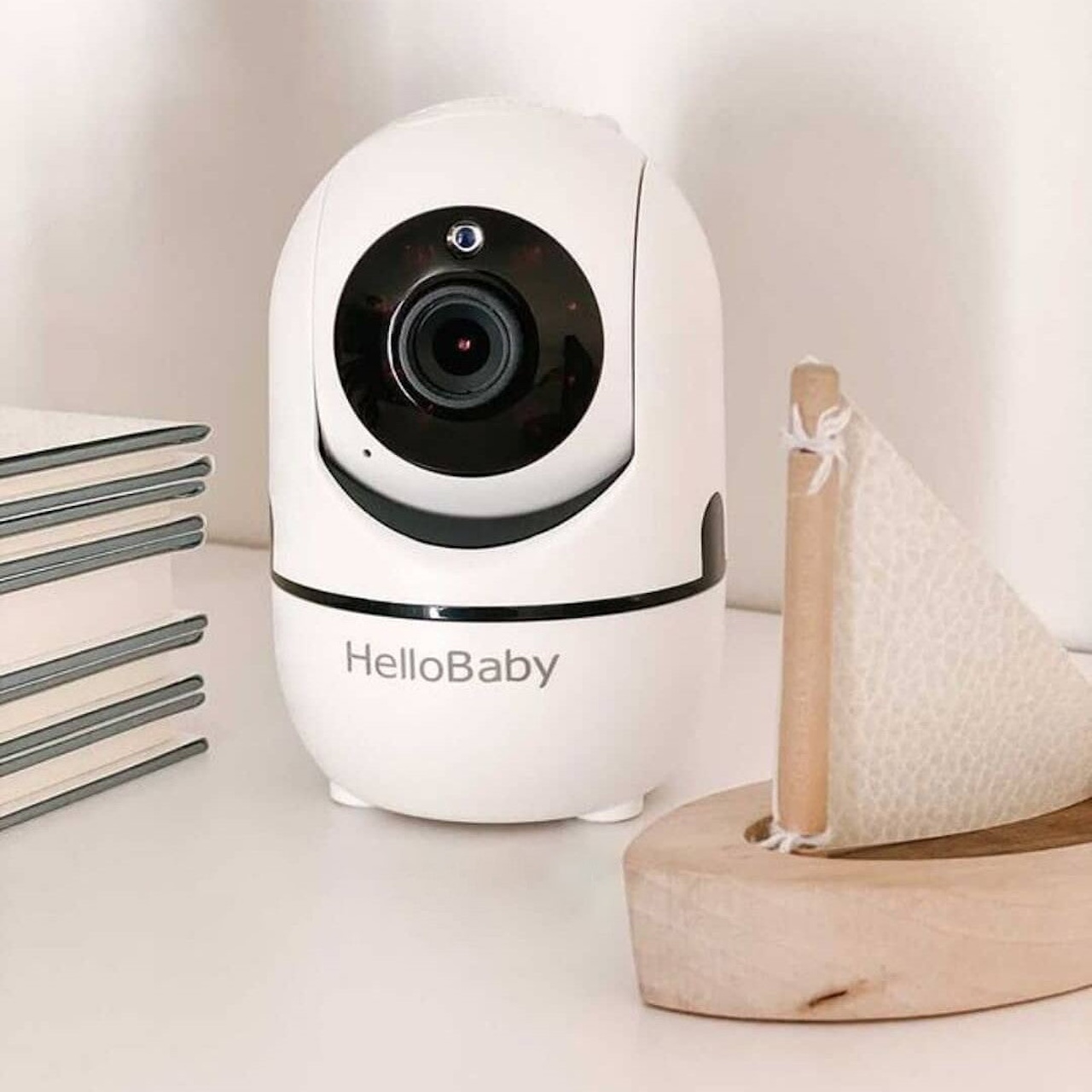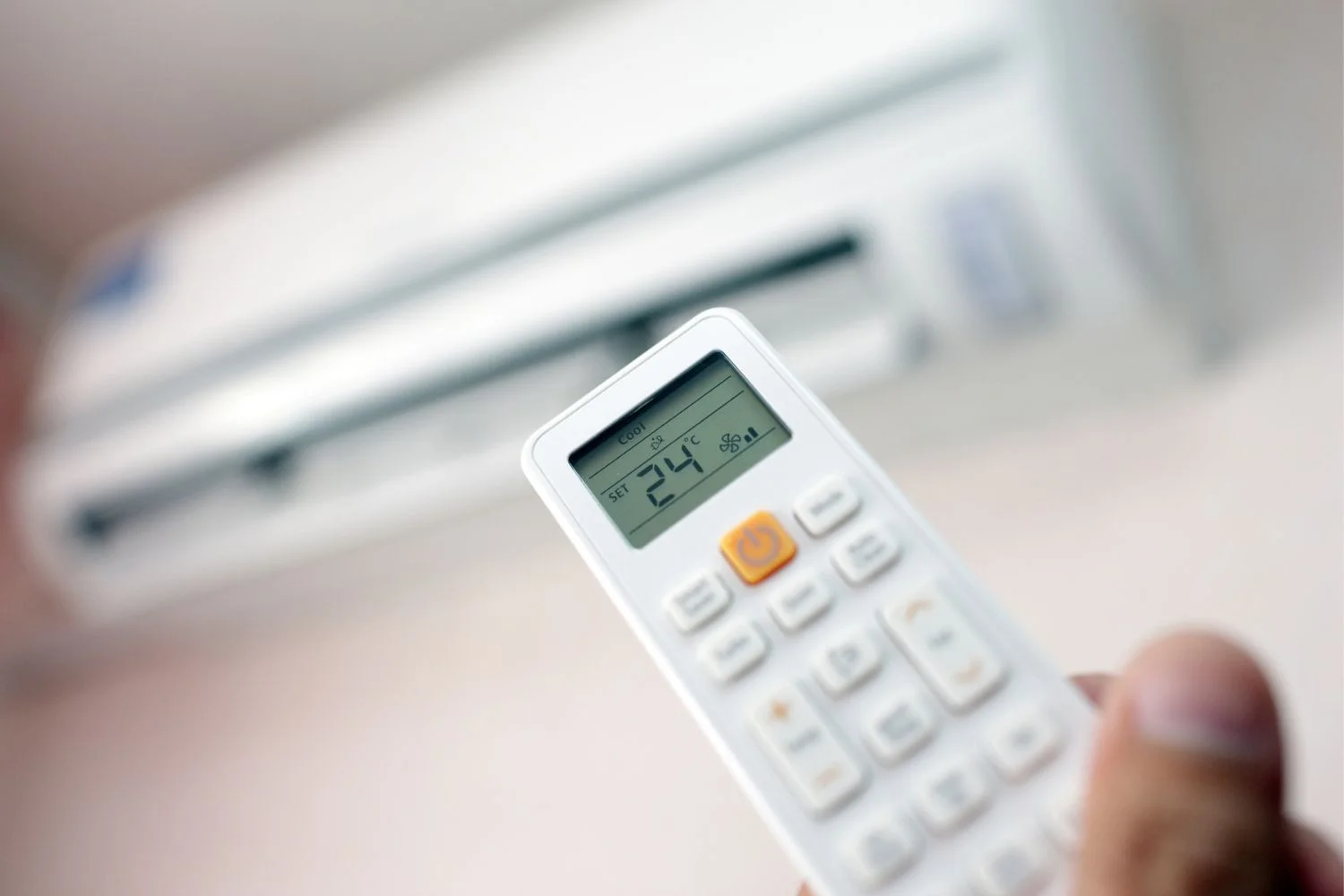Home>Home Security and Surveillance>What Is The Difference In Away Mode And Stay Mode In Alarm Systems?
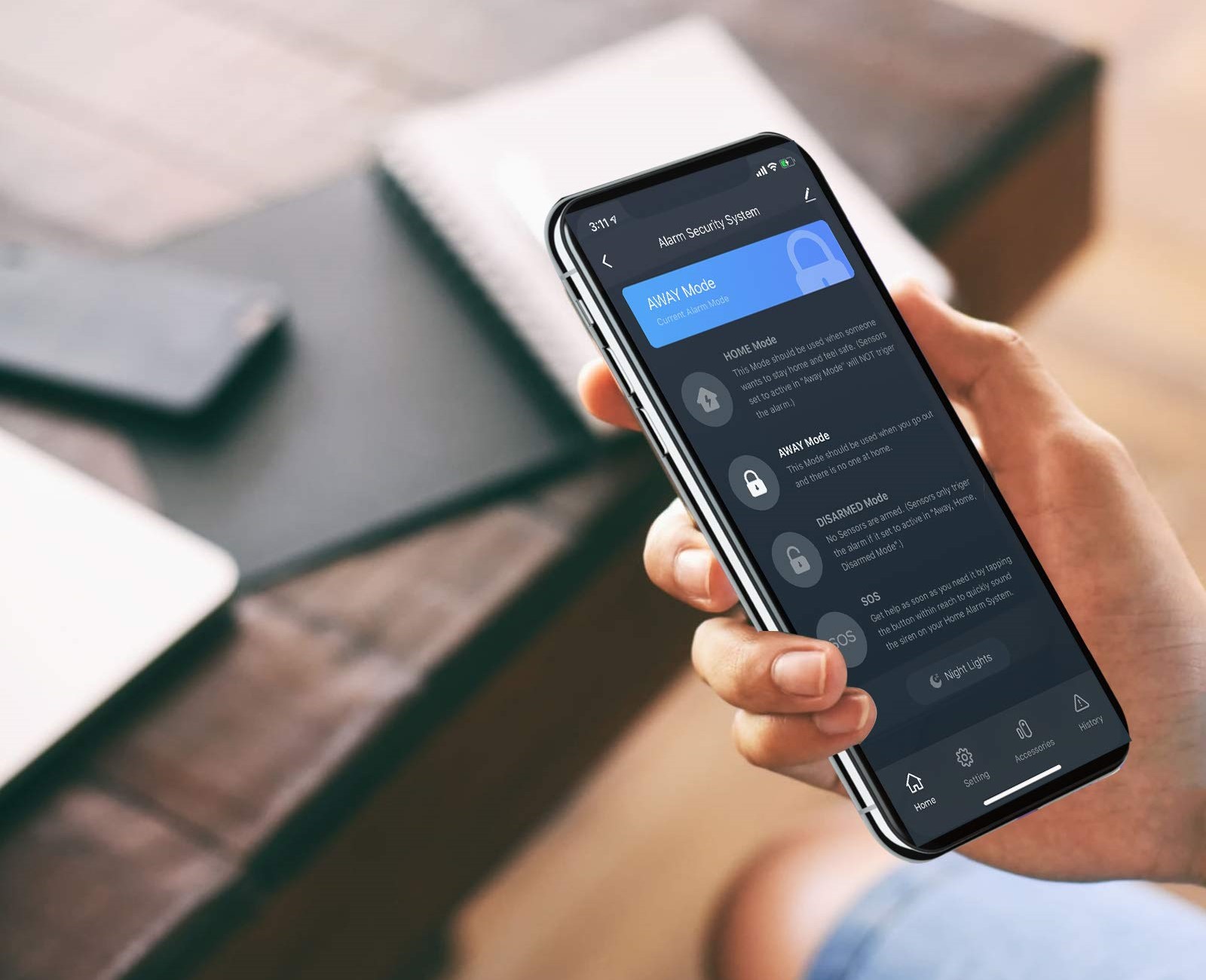

Home Security and Surveillance
What Is The Difference In Away Mode And Stay Mode In Alarm Systems?
Modified: March 6, 2024
Discover the key distinctions between Away Mode and Stay Mode in alarm systems with our comprehensive guide. Enhance your home security and surveillance.
(Many of the links in this article redirect to a specific reviewed product. Your purchase of these products through affiliate links helps to generate commission for Storables.com, at no extra cost. Learn more)
Introduction
Home security is a top priority for homeowners around the world. With advancements in technology, alarm systems have become an integral part of modern home security, providing peace of mind and protection against burglaries and intrusions. One of the key features of alarm systems is the ability to set different modes, such as Away Mode and Stay Mode, based on the occupants’ presence in the home. Understanding the difference between these two modes is essential for maximizing the effectiveness of your home security system.
In this article, we will dive into the specifics of Away Mode and Stay Mode in alarm systems, exploring how they work and the benefits they offer. By the end of this article, you will have a clear understanding of these modes and be able to make informed decisions when configuring your home security system.
Key Takeaways:
- Away Mode provides comprehensive protection for your home when you’re away, using sensors and detectors to detect potential break-ins and intrusions, giving you peace of mind and immediate alerts.
- Stay Mode allows you to move freely within your home while still providing customized security for specific areas, reducing false alarms and ensuring uninterrupted movement and peace of mind.
Read more: What Is Away Mode On Ring Doorbell
Explanation of Alarm Systems
Before delving into the difference between Away Mode and Stay Mode, let’s first understand the basics of alarm systems. An alarm system is a network of interconnected devices, sensors, and control panels designed to detect and deter unauthorized access to a property. These systems consist of components such as door and window sensors, motion detectors, surveillance cameras, and a central control panel.
When armed, the alarm system continuously monitors the premises for any suspicious activity. If a breach is detected, the system will activate an audible alarm, alerting both occupants and neighbors to the potential threat. In some cases, the alarm system may also be connected to a monitoring service, which will notify the authorities if a break-in occurs.
Alarm systems offer several features and modes to cater to different scenarios and user preferences. Two commonly used modes are Away Mode and Stay Mode, which allow homeowners to customize the level of security based on their presence in the home.
What is Away Mode in Alarm Systems?
Away Mode in an alarm system is the setting used when you are leaving your home unoccupied for an extended period. It is typically activated when all occupants are away, and the goal is to secure the entire premises to detect any potential break-ins or intrusions.
When Away Mode is enabled, the alarm system activates all the necessary sensors and detectors throughout the property. This includes door and window sensors, motion detectors, glass-break sensors, and other relevant components. The system is armed and ready to detect any unauthorized entry into the home.
Away Mode typically requires homeowners to set a code or use a key fob to arm the system before leaving. Once armed, the system will detect any disturbances in the protected areas and trigger the alarm, alerting both the occupants and neighbors to the potential threat.
Some alarm systems also offer additional features in Away Mode, such as remote monitoring and control. These features allow homeowners to monitor their property via mobile apps or web interfaces, providing real-time updates on the status of their alarm system and the ability to control it remotely.
Away Mode is an essential feature for ensuring the security of your home when no one is present. It provides you with peace of mind and acts as a deterrent against potential burglars, as they know the property is under surveillance and any breach will trigger an immediate alarm response.
How Does Away Mode Work?
Away Mode in an alarm system functions by activating specific sensors, detectors, and components throughout the home to ensure comprehensive protection. Here’s a breakdown of how Away Mode works:
- Arming the System: Before leaving the premises, you need to arm the alarm system in Away Mode. This is typically done using a control panel, a key fob, or a mobile app. Arming the system activates all the necessary sensors and sets it to the Away Mode configuration.
- Activating Sensors: Once the system is armed in Away Mode, all the sensors and detectors installed throughout the property are activated. Door and window sensors are set to detect any unauthorized opening, motion sensors are ready to detect movement, and glass-break sensors are primed to detect any windows being shattered.
- Continuous Monitoring: In Away Mode, the alarm system continuously monitors the protected areas for any unusual activity. It looks for signs of forced entry, movement in the protected zones, or any other suspicious behavior. If any of the sensors are triggered, an alert is sent to the control panel, which will then initiate the alarm.
- Alarm and Notification: When a breach is detected, the alarm system will sound a loud siren or engage other audible and visible deterrents, such as flashing lights. This alerts both the occupants and neighbors to the potential threat. Additionally, if the alarm system is connected to a monitoring service, they will be notified, and appropriate actions can be taken, such as contacting the authorities.
- Remote Monitoring and Control: Some alarm systems offer the ability to remotely monitor and control the system in Away Mode. This allows homeowners to receive real-time updates on the status of their home security system via mobile apps or web interfaces. They can also remotely arm or disarm the system and view live camera feeds to ensure the security of their property.
Overall, Away Mode works by activating and monitoring a network of sensors and detectors throughout the home, ensuring that any suspicious activity is promptly detected and addressed. It provides homeowners with the confidence that their property is protected, even when they are not present.
Benefits of Away Mode
Away Mode in alarm systems offers several benefits that contribute to an enhanced level of home security and peace of mind. Here are some key advantages of using Away Mode:
- Comprehensive Protection: By activating Away Mode, you ensure that all necessary sensors and detectors are actively monitoring your property. This comprehensive coverage significantly reduces the likelihood of a successful break-in or intrusion, as any unauthorized entry will immediately trigger the alarm.
- Deterrence: The presence of an activated alarm system in Away Mode acts as a powerful deterrent against potential burglars. Knowing that the property is under surveillance and any breach will result in an immediate alarm response, intruders are more likely to move on to an easier target.
- Immediate Alerts: Away Mode ensures that you receive prompt alerts in the event of a breach. The loud alarm and notification sent to the control panel or monitoring service immediately grab your attention, allowing you to take appropriate actions or notify the authorities if necessary.
- Remote Monitoring and Control: Many alarm systems with Away Mode also offer remote monitoring and control capabilities. This allows you to keep tabs on your property through mobile apps or web interfaces, providing real-time updates on the system’s status and the ability to arm or disarm it from anywhere. Remote monitoring adds an extra layer of convenience and flexibility to your home security.
- Peace of Mind: Perhaps the most significant benefit of using Away Mode is the peace of mind it offers. When you leave your property unoccupied, knowing that your alarm system is armed in Away Mode provides reassurance that your home is protected. This peace of mind allows you to enjoy your time away without worrying about the security of your property.
Overall, Away Mode provides comprehensive protection, acts as a deterrent, offers immediate alerts, allows for remote monitoring and control, and brings peace of mind to homeowners. By utilizing this mode effectively, you can maximize the security of your property, whether you’re away for a short trip or an extended period.
Tip: In an alarm system, “Away” mode activates all sensors, while “Stay” mode only activates perimeter sensors, allowing movement inside. Choose “Away” when leaving home and “Stay” when inside.
Read more: What Is Stay Mode On Xfinity Home Security
What is Stay Mode in Alarm Systems?
Stay Mode is a setting in alarm systems that is used when you are occupying the home but still want protection for specific areas or entry points. It is typically activated when you are inside the house and want to secure the perimeter while allowing freedom of movement within designated zones.
When Stay Mode is enabled, the alarm system is configured to monitor specific sensors and detectors while bypassing others. The aim is to provide security for the occupied areas while allowing individuals to move freely without triggering the alarm system.
Stay Mode is particularly useful during nighttime when occupants are sleeping or during periods when individuals are staying at home but don’t require the comprehensive protection provided by Away Mode.
By activating Stay Mode, you can ensure that certain zones, such as bedrooms or living areas, remain protected while other areas, such as hallways or common spaces, are bypassed to allow free movement.
To activate Stay Mode, homeowners typically use a control panel or a key fob to switch from Away Mode to Stay Mode. This notifies the system to adjust its settings accordingly, activating specific sensors and detectors and bypassing others as per the pre-configured settings.
With Stay Mode, occupants can have the peace of mind that their protected areas are secure while still enjoying the convenience and freedom of movement within their home.
How Does Stay Mode Work?
Stay Mode in alarm systems functions by customizing the protection levels based on the specific needs of homeowners while they are inside the home. Here is a breakdown of how Stay Mode works:
- Activating Stay Mode: When you are inside the house and want to secure specific areas while allowing movement in others, you activate Stay Mode. This is typically done using a control panel or a key fob, which notifies the alarm system to switch from Away Mode to Stay Mode.
- Zone Configuration: Once Stay Mode is activated, the alarm system adjusts its settings based on pre-configured zones. Certain sensors and detectors are activated to monitor the protected areas, such as bedrooms or living rooms, while other zones, like hallways or common areas, are bypassed to allow unrestricted movement without triggering the alarm.
- Selective Protection: In Stay Mode, the alarm system will only activate the sensors and detectors that are relevant to the protected zones. For example, door and window sensors in the designated areas will be active, allowing any unauthorized access to trigger an alarm. However, sensors in other areas will be bypassed to prevent false alarms when occupants move around the house.
- Arming Specific Entry Points: In Stay Mode, homeowners can choose to arm specific entry points while still allowing movement within the home. For example, you may opt to arm only the doors and windows on the ground floor, while leaving the sensors on upper floors disarmed.
- Flexibility and Freedom of Movement: Stay Mode provides occupants with the flexibility to move freely within the home without triggering the alarm system. This is particularly beneficial during nighttime or when individuals are staying at home but still want protection for specific areas.
- Easy Disarmament: When occupants want to leave the house or switch back to Away Mode, they can easily disarm the system using the control panel or key fob. This restores the alarm system to its default configuration, activating all sensors and detectors for complete protection.
Stay Mode offers a tailored level of security, allowing homeowners to secure specific areas while maintaining freedom of movement within the home. By customizing the protection levels, Stay Mode ensures that occupants feel safe and secure without the risk of triggering unnecessary alarms.
Benefits of Stay Mode
Stay Mode in alarm systems offers several benefits that cater to the specific needs of homeowners when they are inside the home. Here are some key advantages of using Stay Mode:
- Customized Security: Stay Mode allows homeowners to customize the security levels based on their specific requirements. By activating sensors and detectors in designated areas while bypassing others, occupants can strike a balance between security and freedom of movement within the home.
- Uninterrupted Movement: Stay Mode gives occupants the freedom to move around the house without triggering alarms. This is particularly useful during nighttime when individuals may need to navigate the home without disturbing others or during periods when individuals are staying at home but don’t require comprehensive protection.
- Reduced False Alarms: By bypassing sensors in certain areas, Stay Mode helps to prevent false alarms that can occur when occupants move within the protected zones. This eliminates unnecessary disruptions and enhances the overall user experience of the alarm system.
- Enhanced Security in Designated Areas: Stay Mode ensures that specific zones, such as bedrooms or living areas, remain secure. This provides occupants with a level of comfort and peace of mind, knowing that the protected areas are being monitored for any unauthorized access or potential threats.
- Convenient Activation and Disarmament: Activating Stay Mode is a straightforward process, typically done through a control panel or key fob. This ease of use allows homeowners to quickly switch between Stay Mode and other modes, such as Away Mode, to adapt to changing circumstances or occupancy status.
- Flexible Home Security: Stay Mode offers flexibility in terms of which entry points to arm while still allowing movement within the home. This can be especially useful when occupants want to secure lower-level entry points while keeping upper-level sensors disarmed.
Overall, Stay Mode provides homeowners with a customized level of security, allowing for uninterrupted movement within the home while ensuring designated areas remain protected. This tailored approach to home security enhances the overall user experience, reduces false alarms, and provides peace of mind to occupants.
Comparison of Away Mode and Stay Mode
Both Away Mode and Stay Mode offer unique benefits and serve different purposes within an alarm system. Here’s a comparison of the two modes to help you understand their differences:
| Away Mode | Stay Mode |
|---|---|
| Purpose | Purpose |
| Away Mode is used when homeowners are leaving their property unoccupied for an extended period. | Stay Mode is used when homeowners are inside the home but still want security for specific areas or entry points. |
| Arming | Arming |
| Requires homeowners to arm the system before leaving using a code or key fob. | Activated using a control panel or key fob when occupants are inside the home. |
| Function | Function |
| Activates all necessary sensors and detectors throughout the property to detect any potential break-ins or intrusions. | Customizes the security levels, allowing movement within the home while still providing protection for designated areas. |
| Movement | Movement |
| Does not allow unrestricted movement within the home to avoid triggering the alarm. | Allows occupants to move freely within the home without triggering the alarm, ensuring uninterrupted movement. |
| Protection | Protection |
| Offers comprehensive protection for the entire property. | Provides customized protection for specific areas or entry points while bypassing others. |
| Alerts | Alerts |
| Triggers an audible alarm and sends notifications to the control panel or monitoring service in the event of a breach. | Only activates the sensors and detectors in the protected zones, preventing unnecessary alarms within other areas of the home. |
It’s important to choose the appropriate mode based on your needs and occupancy status. Away Mode provides comprehensive protection when you are away from home, while Stay Mode offers a tailored level of security for when you are inside the house. Both modes work together to maximize the effectiveness of your home security system and provide peace of mind in different scenarios.
Read more: What Is The Difference Between Ac And HVAC
Conclusion
Alarm systems play a crucial role in enhancing home security and providing peace of mind to homeowners. Understanding the difference between two key modes, Away Mode and Stay Mode, is essential for optimizing the effectiveness of these systems.
Away Mode is activated when homeowners are leaving their property unoccupied for an extended period. It ensures comprehensive protection throughout the property, utilizing sensors and detectors to detect any potential break-ins or intrusions. Away Mode acts as a powerful deterrent against burglars and provides immediate alerts to occupants and monitoring services.
Stay Mode, on the other hand, is used when homeowners are inside the home but still want protection for specific areas or entry points. It allows unrestricted movement within the home while providing customized security for designated zones. Stay Mode reduces false alarms, allows for uninterrupted movement, and ensures peace of mind for occupants.
By utilizing both Away Mode and Stay Mode effectively, homeowners can maximize the benefits of their alarm systems. These modes provide tailored security based on the occupancy status and specific requirements of the homeowners. Together, they offer comprehensive protection, flexibility, and peace of mind.
Whether you are leaving your home unoccupied or staying inside, configuring your alarm system to the appropriate mode is crucial. Take advantage of the advanced features and technology available to customize your security levels and ensure that your property and loved ones are safeguarded.
In conclusion, understanding the difference between Away Mode and Stay Mode is essential for enhancing the effectiveness and usability of your home security and surveillance system. By choosing the right mode at the right time, you can enjoy the peace of mind and security that comes with knowing your home is protected.
Frequently Asked Questions about What Is The Difference In Away Mode And Stay Mode In Alarm Systems?
Was this page helpful?
At Storables.com, we guarantee accurate and reliable information. Our content, validated by Expert Board Contributors, is crafted following stringent Editorial Policies. We're committed to providing you with well-researched, expert-backed insights for all your informational needs.
